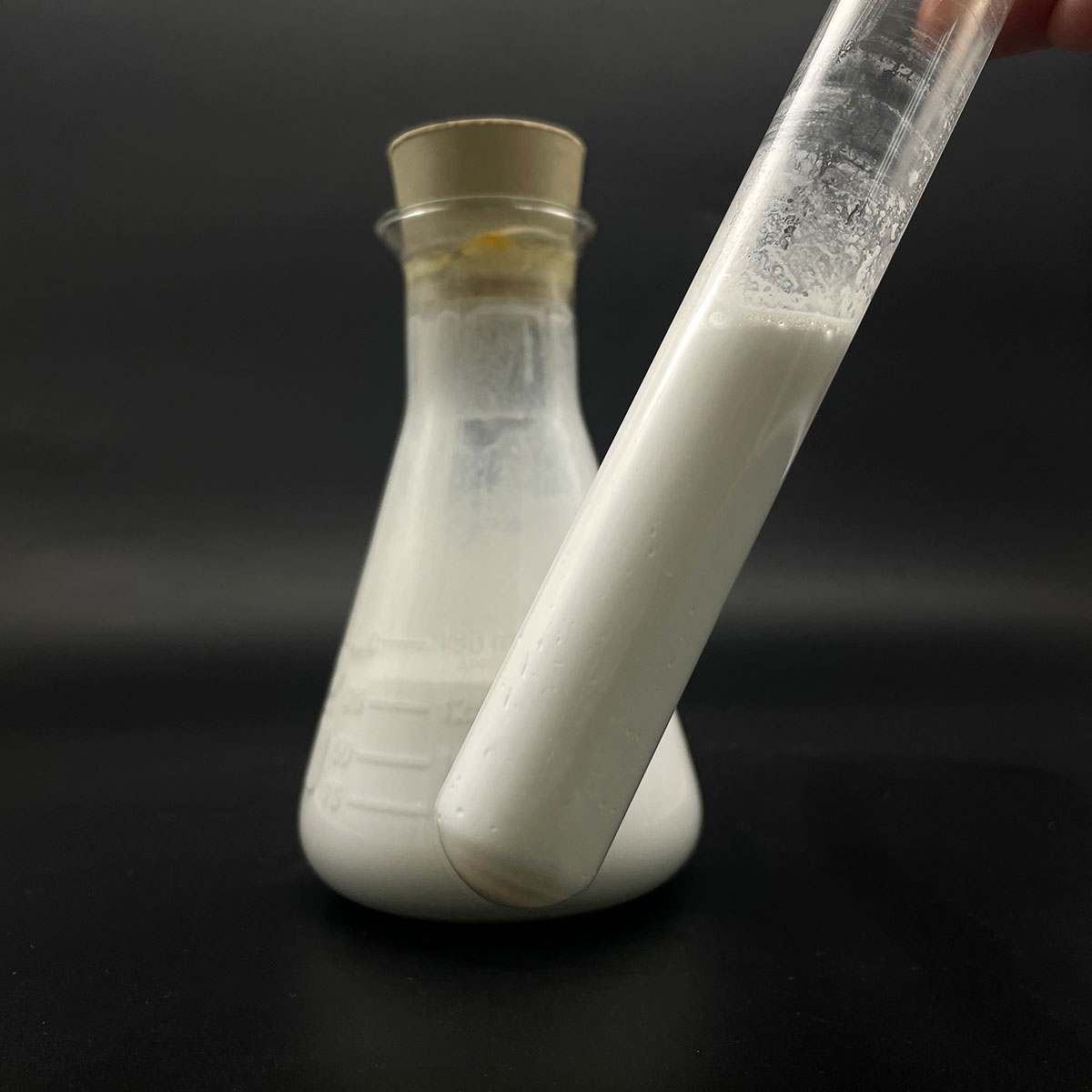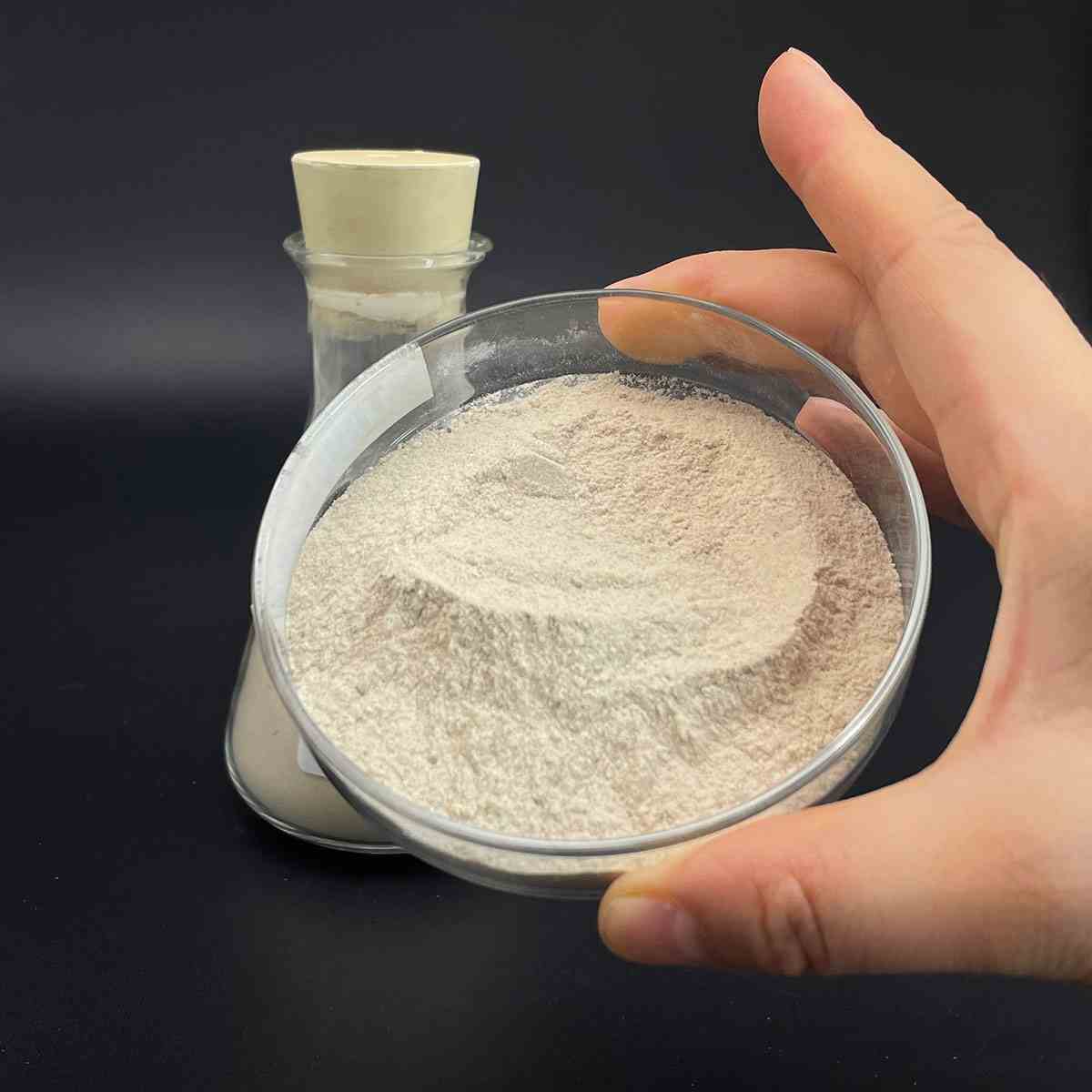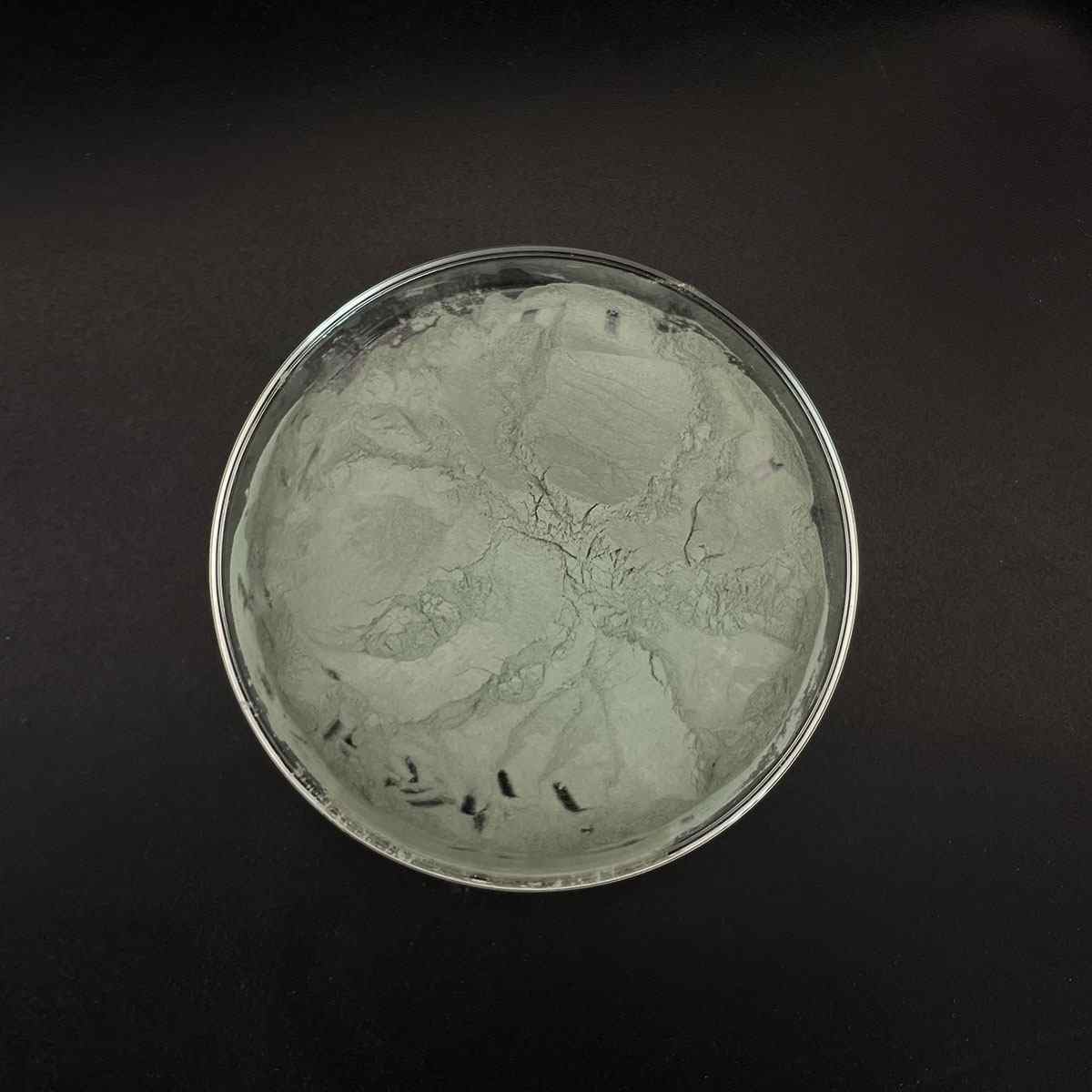Overview of 3D Printing Metal Powder Spherical Element Niobium Nb Powder Spherical Niobium Powder
Metal powder is a common form of metal that has been processed into fine particles, ranging from a few micrometers to over 100 microns in diameter. It plays a crucial role in various industrial applications due to its unique properties and versatility.
Features of 3D Printing Metal Powder Spherical Element Niobium Nb Powder Spherical Niobium Powder
Physical Characteristics
Particle Size: Ranging from nanometers to hundreds of micrometers, the size distribution significantly influences the powder’s flowability, packing density, and sintering behavior.
Shape: Particles can be spherical, irregular, flake-like, or dendritic, each shape affecting the final product’s mechanical properties and surface finish.
Purity: Depending on the production method, metal powders can achieve high levels of purity, critical for applications like electronics and aerospace where impurities can degrade performance.
Density: While less dense than their solid counterparts due to the presence of air between particles, metal powders can be densely packed during processing to approach the density of the solid metal.
Chemical Properties
Reactivity: Some metal powders, particularly aluminum and titanium, are highly reactive with air and moisture, necessitating careful handling and storage under inert atmospheres or vacuum.
Oxidation: Exposure to air can lead to surface oxidation, forming a passive layer that affects sintering and other processes. This can be managed through surface treatment or use of protective atmospheres.

(3D Printing Metal Powder Spherical Element Niobium Nb Powder Spherical Niobium Powder)
Parameters of 3D Printing Metal Powder Spherical Element Niobium Nb Powder Spherical Niobium Powder
3D Printing with Metal Powders: A Focus on Spherical Niobium (Nb) Powder
Metal 3D printing, also known as Additive Manufacturing (AM), has revolutionized the way engineers and manufacturers create complex geometries in various industries, including aerospace, automotive, and medical. Among the numerous metal powders used for this technology, spherical niobium (Nb) powder stands out due to its unique properties and potential applications. This article delves into the key characteristics of spherical niobium powder, its manufacturing process, and the benefits it offers for 3D printing.
Niobium, with the chemical symbol Nb, is a lustrous, grey metallic element that belongs to the transition metal group. It is known for its high strength-to-weight ratio, excellent corrosion resistance, and superconducting capabilities at very low temperatures. When used in 3D printed forms, these attributes make it suitable for applications such as microwave components, turbine blades, and even nuclear energy systems.
Spherical Niobium Powder Parameters:
1. Particle Size Distribution: The spherical shape of niobium powder ensures a uniform distribution, which is crucial for achieving consistent layer adhesion during 3D printing. The typical particle size ranges from 15 microns to 63 microns, allowing for precise control over the final print resolution.
2. Purity: High-purity spherical niobium powders typically have a purity level above 99.5%, minimizing impurities that could affect print quality or material properties.
3. Flowability: The spherical shape enhances flowability, enabling better powder handling and reducing the need for compaction or sintering pre-processing. This results in faster build times and improved part integrity.
4. Sintering Behavior: Spherical particles tend to have better sintering properties, meaning they compact more efficiently during the heat treatment process, resulting in denser prints with fewer defects.
Manufacturing Process:
Spherical niobium powder is produced through a combination of techniques, often starting with the reduction of niobium pentoxide (Nb2O5) followed by an atomization process. This involves melting the niobium oxide and then rapidly cooling it to form fine droplets, which solidify into spheres due to the surface tension. Post-production, the particles may undergo sieving and purification steps to ensure the desired size distribution and purity.
3D Printing Applications:
In 3D printing, spherical niobium powder is typically employed in Directed Energy Deposition (DED) processes like Laser Metal Deposition (LMD) or Electron Beam Melting (EBM). These methods allow for the deposition of high-temperature resistant Nb material onto a substrate, creating intricate parts with exceptional mechanical properties.
The spherical shape of the powder particles contributes to better packing density and more efficient use of the material, leading to reduced waste and cost savings. Additionally, the uniform size distribution ensures that the printed layers are consistent, resulting in a smoother finish and improved part integrity.
In conclusion, spherical niobium powder is a valuable material for 3D printing due to its inherent properties and the benefits it brings to the manufacturing process. Its spherical shape, high purity, and excellent flowability make it an ideal choice for various applications where high strength, corrosion resistance, and precise geometry are essential. As 3D printing technology continues to evolve, the use of spherical niobium powder is likely to expand, unlocking new possibilities in lightweight, high-performance components across diverse industries.

(3D Printing Metal Powder Spherical Element Niobium Nb Powder Spherical Niobium Powder)
FAQs of 3D Printing Metal Powder Spherical Element Niobium Nb Powder Spherical Niobium Powder
Inquiry us






